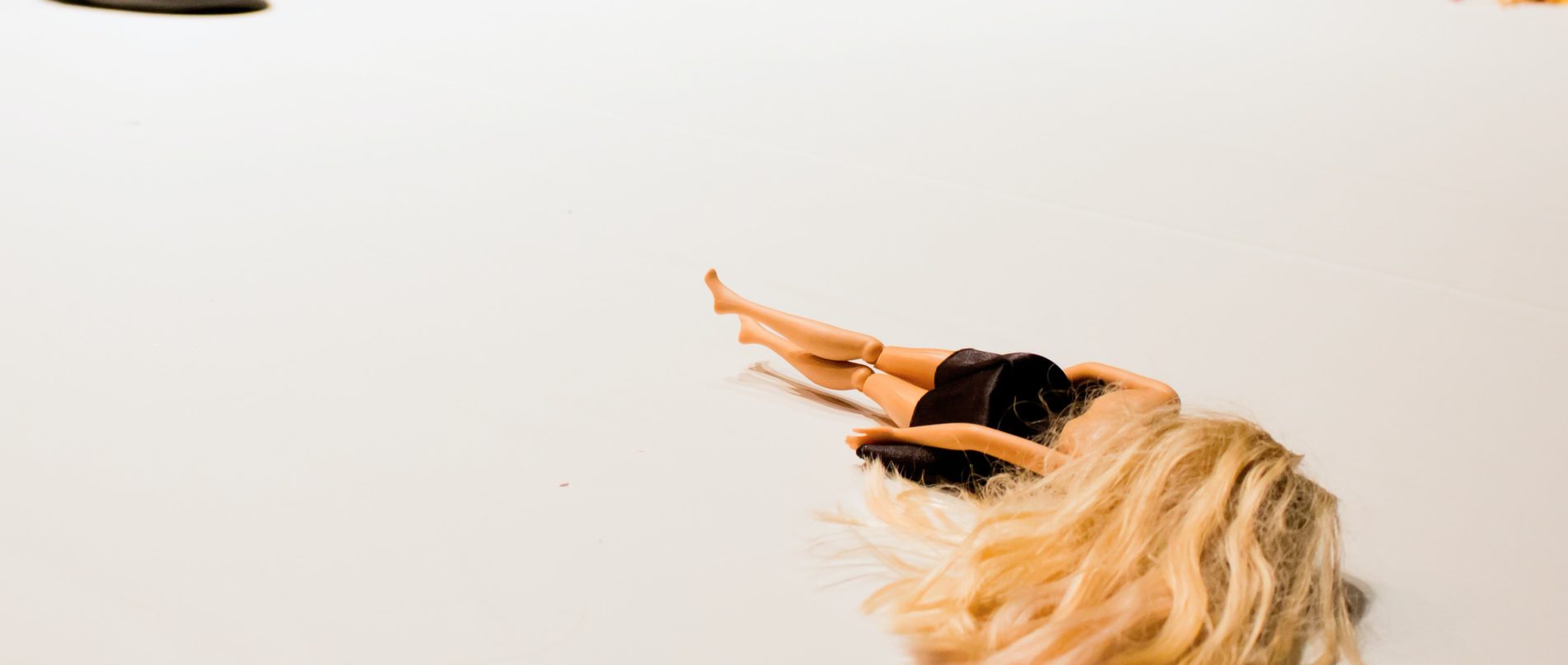
Prompt Images
Barbie lived a life of extremes.
Born Barbara, her mother had given her daughter the nickname ‘Barbie’ at age 2, noting how her blonde hair and blue eyes reminded everyone of the popular plastic fashion doll. That nickname alone was enough to bring scrutiny and pressure to a young girl’s life.
When Barbie was eleven, she was diagnosed with Obsessive Compulsive Disorder. It all started when she couldn’t help herself from organizing her dad’s home office, and ended up ruining his work in the process of her ‘re-ordering.’
After she was scolded by her distressed father, Barbie’s compulsions progressed into hand washing.
She just wanted to be perfect in her family’s eyes, and—as they say—cleanliness is close to godliness.Her father wanted her to be put in therapy. Instead, her mother put her in ballet.
“To give her a sense of control…” Her mother said.
And it did. Barbie obsessed over each session, each pirouet, each pliè.
After 3 years of routines and recitals, Barbie was the little prima ballerina of her class. One of the other ballerinas took notice of this and grew jealous. So, as a way to attack Barbie, this other girl said to her, “You know, you look fat in your tutu.”
It didn’t take long for Barbie to believe her, and after that, it didn’t take long for her to start forcing herself to throw up her dinner.
At age 14, Barbie became bulimic.
She hid it well at first. But as her weight dropped, her performance in ballet began to plummet. One day, Barbie fainted and hit her head hard on the studio floor. So, her mother pulled her out of ballet, and removed the scale from their family bathroom.
As her mother’s watch grew closer on Barbie, her father began to care less and less. It was, “Out of my hands,” he’d say.
So, if Barbie couldn’t get away with purging her food, she had to find some other way to stay perfect.
By age 15, Barbie developed a drug problem.
Coke provided exactly what she hoped it would, keeping her thin and trim like a Barbie doll, but it also made her feel really, really good.
She felt beautiful and she excelled in her classes because she could focus more, and she felt better about herself because of it.
When Barbie was 16, she met her first boyfriend.
His name was Kendall, but he went by Ken. They seemed perfect together. He was fit and tan; she was slim and blonde.
The same year, a new girl started class at their high school. She was much taller than Barbie, with dark hair, dark eyes, and a curvier figure. Her name was Jazmin.
A week after she arrived, Ken dumped Barbie and replaced her with Jazmin. Rumors spread around school that he liked her better because of her big lips and larger breasts. This destroyed Barbie’s remaining self esteem.
So at age 17, Barbie experienced her first break up, along with her first taste of vodka.
The combination of the two quickly became dangerous for her, but she couldn’t stop herself from lifting the bottle.
Liquid courage proved to be a real thing for Barbie, so about a month later when she turned 18, she downloaded a popular dating app called Tinder.
That’s when Barbie experienced her first rebound.
She thought that it would make her feel better, but it didn’t. So she met another guy. Then another. Then another. Then a few girls. A few more guys, and a couple of threesomes, too.
Everyone liked Barbie. She was fun.
She always had drugs, always had booze, she looked good, she fucked well, and she liked all of the attention.
As Barbie entered her twenties, her life became a glittery collage of extremes.
Snort a line.
Take a shot.
Fuck him.
Fuck her.
Vomit.
Wash your hands.
Snort two lines.
Chug the bottle.
Fuck him and her at the same time.
Puke until it hurts.
Scrub your hands until there’s blood.
Eventually it all caught up with Barbie when her heart stopped in the middle of the club.
When the ambulance brought her to the emergency room, her body fell lifeless as she was transferred from the stretcher to the bed.
Barbie’s weak heart flatlined, and she was pronounced dead for 42 seconds.
A mixture of club drugs, cocaine, opiates, and alcohol was found in her system, and all inside a body that hadn’t eaten in 3 days.
A nurse shot a blast of Narcan into Barbie’s nose, and after those 42 seconds had passed, Barbie’s heart began to beat.
She shot up from the bed, gasping and groaning with arms stretched out in front of her, gripping the arms of two healthcare workers who were only trying to help her.
She looked like Frankenstein at that point, literally rising up from the dead.
After that night, Barbie’s parents looked at her like a monster. Not because of the Frankenstein stance, but because they had no idea who their daughter had turned into.
After all of those years, at age 21, Barbie finally got the help that she needed, the help that her father knew that she needed all along.
Barbie went to rehab for 90 days,
Barbie started medication for anxiety,
And finally, Barbie was put into therapy as her father had wished.
There are so many families that think their children are just going through a phase, need ‘structure’ in their life, or just a little more discipline to get over their anxiety, their OCD, their eating disorder or their depression.
This kind of blatant denial can lead to a life like Barbie’s.
Please pay close attention to the signs of your children, friends, and family members.
Give help where help it is needed.



